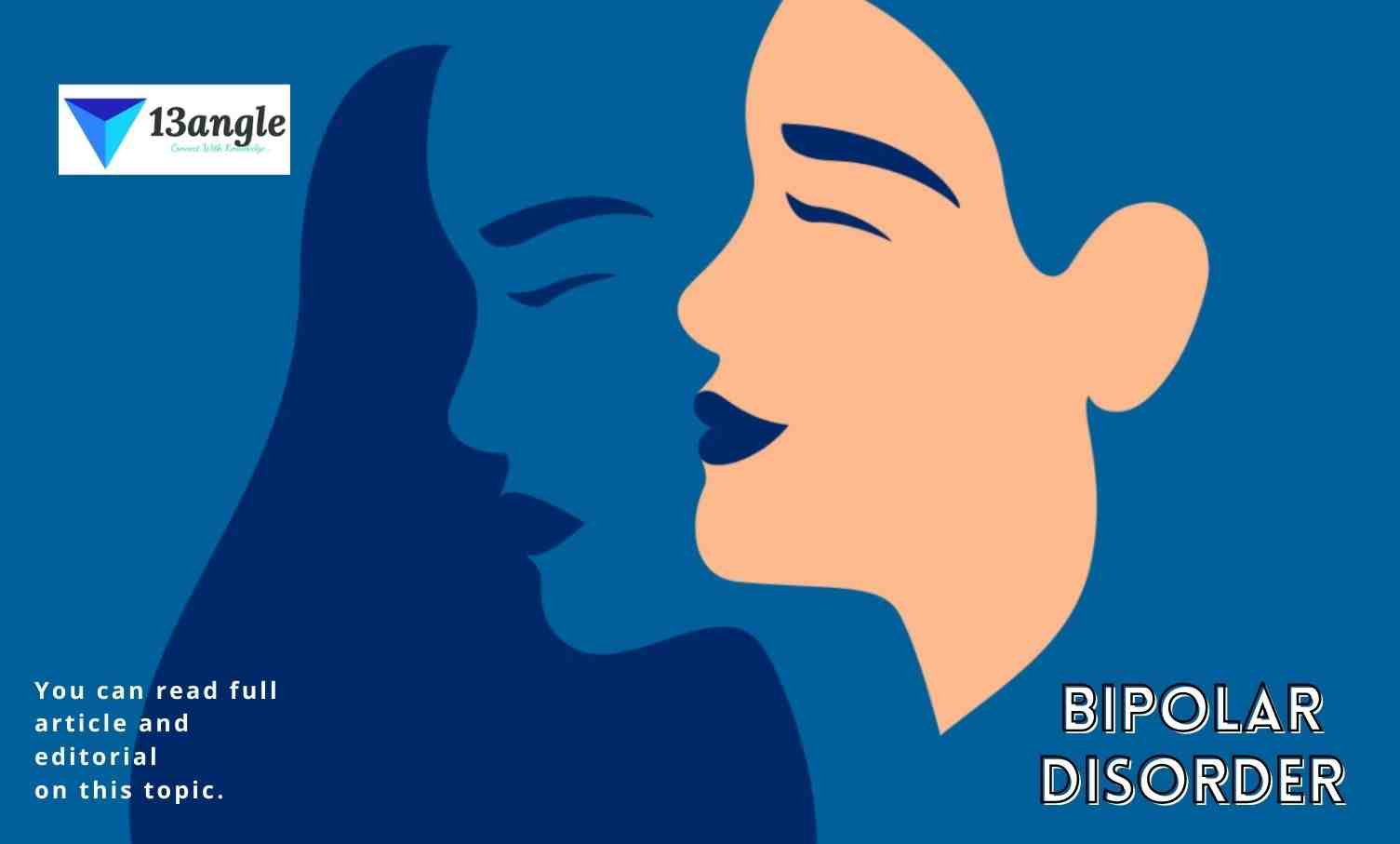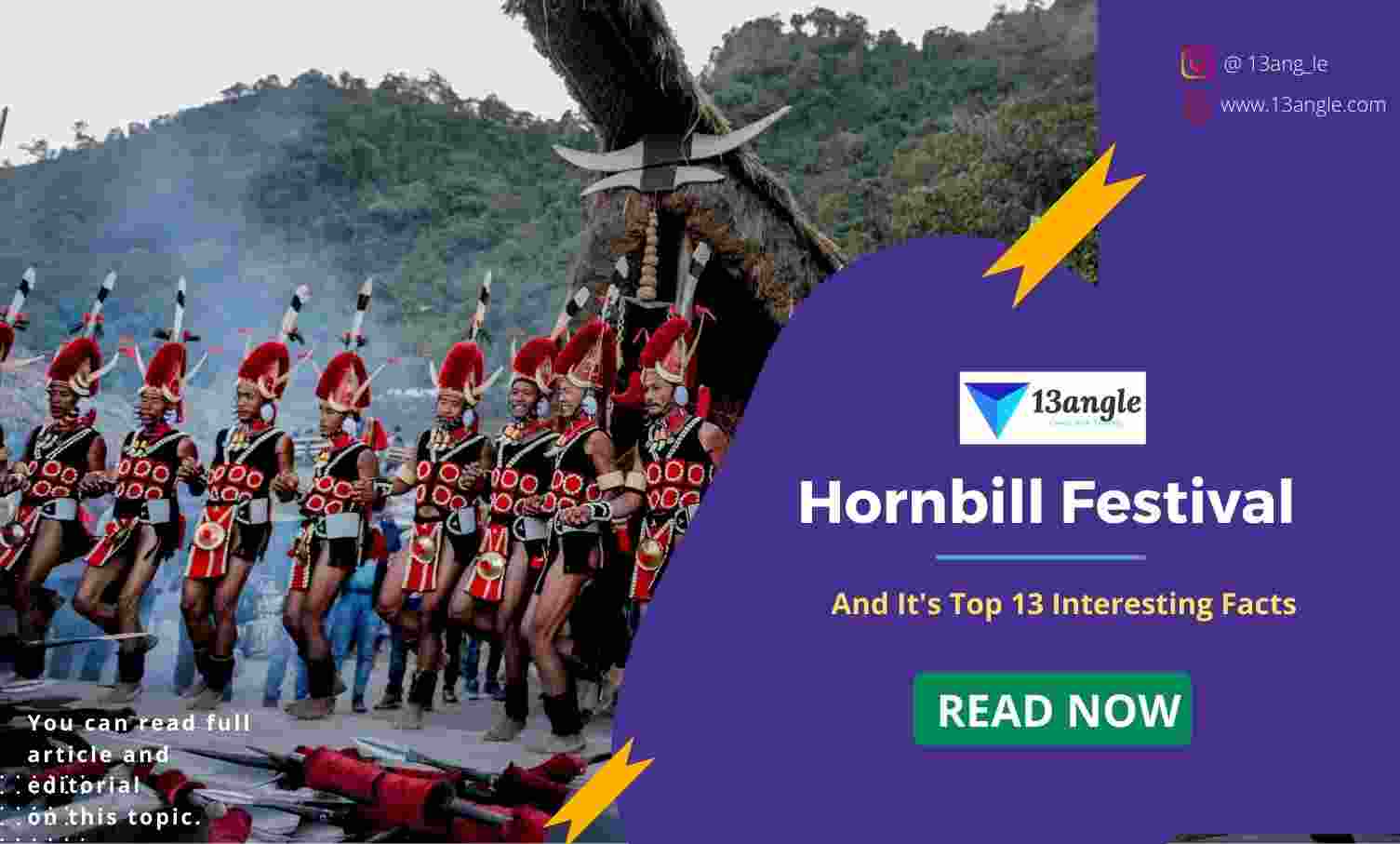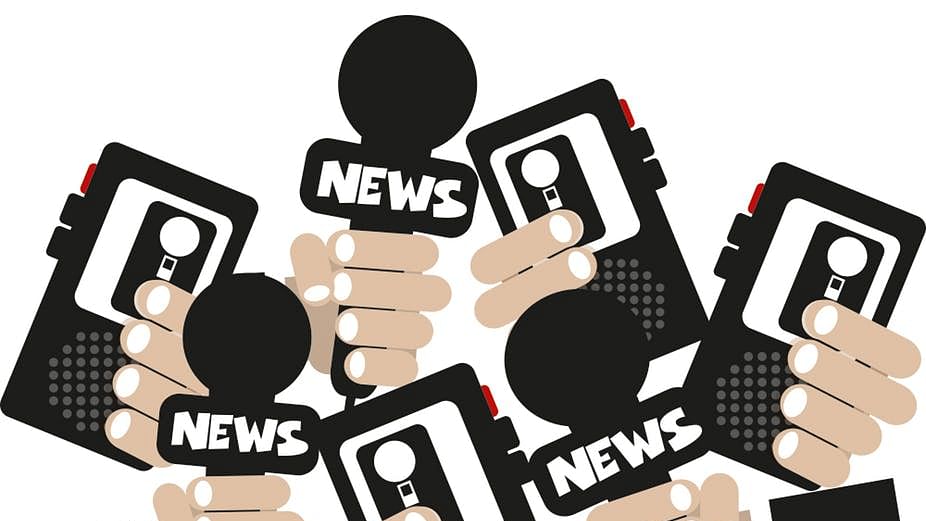
- Lord Denning, a famous British judge in his book “Road to justice” observed that the press is a watchdog and that even the watchdog may sometimes break laws and has to be published.
Introduction

The media acts as a bridge between the people and the government.
In other words as mentioned the media is one of the pillars of democracy including the legislature, executive, and judiciary.
It works as a watchdog for the people of government action and makes the government accountable to the people.
Unfortunately, this ideal form of media is quite far to reach and complete the goal.
During the period of covid or before it also we come across a lot of cases in which the journalists have been murdered mysteriously. Although we have laws and regulations for the protection of everyone who is living in the country, instead of all this after some time later those cases just disappear and nothing happens which in other words creates fear in other professionals who truly wanted to work in the field. The consequences lead to the unprinting of the truth as headlines.
History
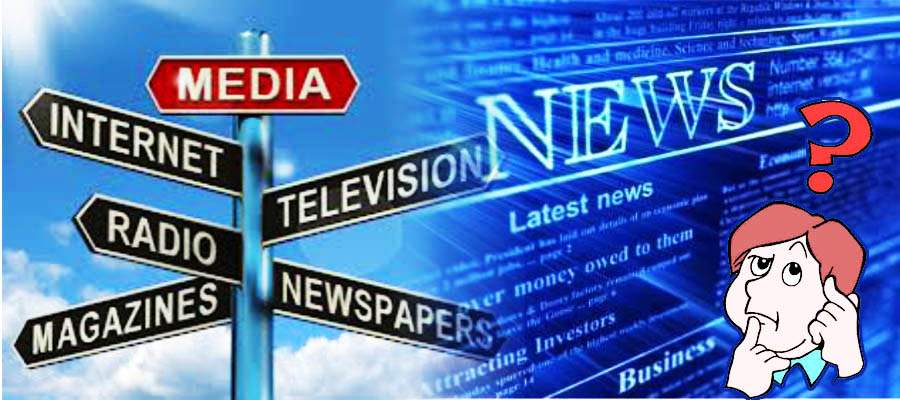
If we look into the history of media then, we have to look at it from ancient times when kings and rulers use the tactics such as rock edicts
Or used to send their minister for an announcement in their respective kingdoms, even though it was not in the print form but it acted as a news medium which was basically in verbal form.
The history of newspaper or print media dates back from the time of the British.
James August Hickey is considered the father of the Indian press.
He started the Bengal Gazette or the Calcutta general advertises in 1780 and Bombay Herald in 1789 followed by the Bombay Courier next year amalgamated with Times of India in 1861.
The first newspaper in the Indian language was in Bengali named “Samachar Darpan “.
After print media, the electronic media started in 1927 as a broadcasting service, Radio broadcasting service
Started as a private venture in 1923-24, with 3 major radio clubs: Bombay, Madras, and Calcutta.
In June 1923 the first radio program started in India.
If we talk about the impact of the newspaper at that time, it was very helpful for educating the people of India.
Media And Good Governance

Changing the way media relate to both government and audiences is extremely challenging and can be gained through diverse media development international, which addresses different levels.
Free independent and plural media (radio, newspaper, internet, etc) is the most important principle which a journalist can include to increase the effectiveness of media development in order to help democratic, capable, and accountable responsive states.
A journalist should conduct a vigorous sector analysis that identifies how media enables or prohibits engagements by citizen’s particularly poor citizens in decisions that affect them.
This includes understanding the implications of rapid changes in technology and communication. Such as mobile telephony and politics, economics, and other marginal group of society such as women and children.
Understanding what can and cannot be supported; journalists should either work through trusted and independent intermediaries or invest in cross-sector approaches such as training and capacity building. Press counsel or printing cooperative dirty supporting media organizations may be politically and commercially inappropriate
Direct support to media sectors explicitly focus on the poor and marginalized such as community media, it should be rooted in the development and recognize long term support to the community otherwise it will create dependency among the people
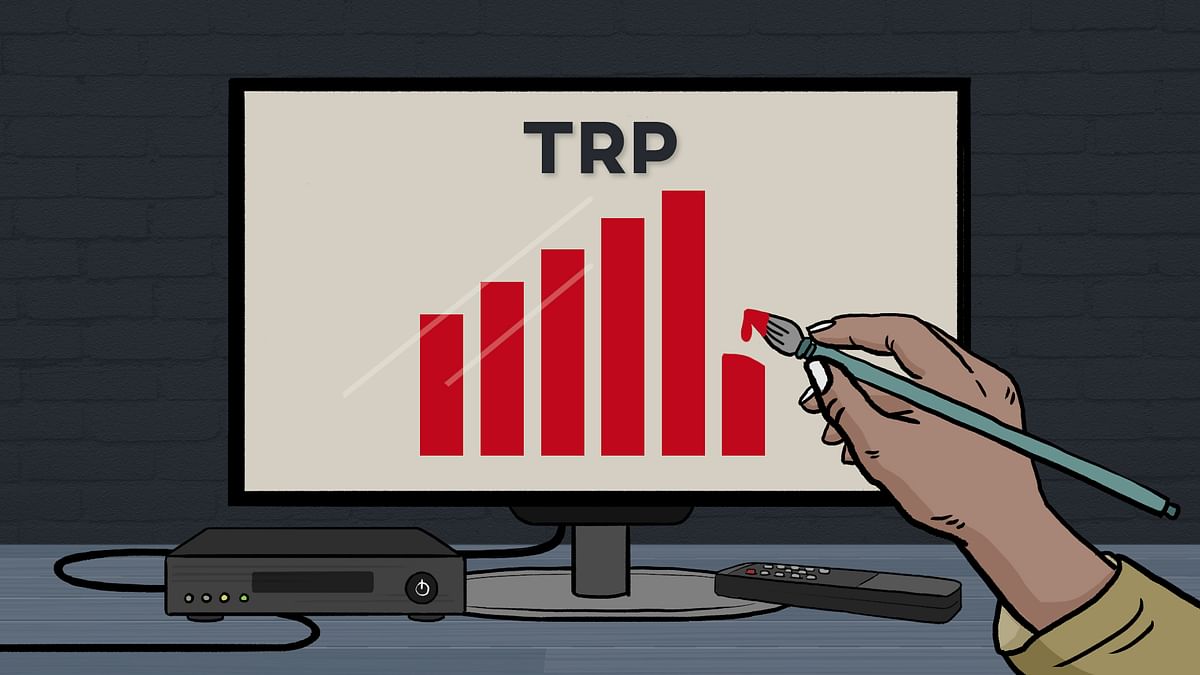
Treat information, communication, and the media as public goods and invest accordingly.
Analyzing the political implications of support to the media. Media development programs can be legitimized via bilateral agreements between a donor and the host government.
Supporting and enabling communication environment media should focus on a broad agenda instead of focusing on the narrow path which is not important.
Regulating framework access information to transparency and good, communication are essential to meaningful citizen-state engagement free and independent media are necessary to make information available for the people.
Freedom Of Press

Now when we say or talk about the freedom of the “press”.
It has three essential elements are as follows
-Freedom of accessing source of the information.
-Freedom of publishing
-Freedom of circulation.
In the Indian Express newspaper vs. the Union of India, it has been held that the press plays a very important role in the democratic government.
The court has a duty to uphold the freedom of the press and action invalidates all laws and administration that abridge that freedom.
Article 19(A) of the Indian constitution guarantees the freedom of speech and expression to empower the media to provide fair and unbiased news to the citizens. The government and regulation
Machine-like (Press council of India) PCL thinks it imperative that the media learn to differentiate between the matters of “interest to the public “and “those in the public interest”
being /remaining unbiased not only in covering the latest developments in political, social, and economic fields but also highlights the real issues against the masses such as economic
Disparities, social discrimination, gender inequalities, child abuse, sanitation, environment, poverty, etc rather than focusing on irrelevant topics even spreading fake news.
Usefulness /drawback Of Media Houses Owned By The Government

If we look at the history of misuse of government-owned media houses is not new, dating back to the time of Indira Gandhi as she wanted to see the scripts of all the media houses (now if we try to understand.
What could be the reason for it?
Even though an autonomous public service broadcasting agency was established with the formation of Prasar Bharati in 1947, it is an autonomous body established by an Act of Parliament which includes Doordarshan -The television network of All India Radio, formerly part of the Ministry of Broadcasting, Government of India. The parliament of India passed the Prasar Bharti act to grant autonomy in 1990 but it was not enacted until 15 September 1997.
Instead of being an independent body many times, we come across fake news, etc.
The fact is that it doesn’t matter who did what, but the government who is in power would be willing to control this instrument of public power.
Issues Of Credibility Of Media

In this present period of a rapidly digitized universe, abundant information is available. Which includes both misinformation and relevant propaganda; political personal attacks are bound to exist.
Many times we come across Whatsapp or many social media news which creates confusion and spread misinformation. Many people who are aware of this type of fake news just ignore it but as we know many almost billions of people who are not aware of it just are the so-called Whatsapp forward group members who forward messages to every member without realizing how much harm they are doing.
With the scale and volume at which misinformation is being created, we may need to develop a large cadre of MIL experts (media information literacy experts at the community level to re-install our messaging pattern.
Conclusion
According to the Hindu newspaper of 11 December 2021, The Nobel Peace prize winner D’miting Murataw and Maria Ressa said “we both warn that the world needs independent journalism to counter authoritarian governments’ ‘.
During Corona time the credibility of media got affected very badly, as we know in India we have 400 media channel’s in 29 different languages as well as different social media platforms which also act as media.
India is one of the most populated, most polarized, and politicized than others. Exemplified India’s problem in mainstream media sectionalism, lack of critical perspective.
We have come across the tactics of shifting the blame from the PMO office to state governments.
Now from 2014 onwards does PM Narendra Modi have organized any press conference in which he has taken questions except his own ‘mann ki baat ‘?
During this time the medical misinformation spread is at its peak. Baba Ramdev’s medicine ‘coronel’ which he mentioned as Ramban for corona was later found not curable medicine, but the type of press conference has been organized by them which includes the Indian health minister was sufficient.
Top 13 Interesting Facts
India stands at 142 out of 180 in the world press freedom index 2020.
AS per India mental care act, 2017 media should not publish photographs or any other information about a person undergoing mental health treatment without their consent.
According to the report published by the HOOT, 54 journalists were attacked in India between 2016-17.
The press commission was set up by the Pt. Jawahar Lal Nehru government in 1952.
Indian Broadcasting Foundation (IBF) is an Indian Apex organization.
In a later era, historical evidence shows the ruler making his will known to the people through edicts and proclamations which can be considered a type of media.
The first attempt to start a newspaper was made by Mr. William Bolts in Calcutta, 1776.
In 1780 James Augusts’ Hicky started “BENGAL GAZETTE” or “THE CALCUTTA GENERAL ADVERTISER”.
This newspaper was only specialized in the oppression of the private life of the company servant.
Bombay Herald, Bombay’s first newspaper came into existence in 1789.
Press censorship was abolished by regulation invented on august 19 1818.
India consumed 99 million newspaper copies in 2007 making it the 2nd largest market in the world for newspapers.
India publishes the largest number of paid-for titles in the world.

